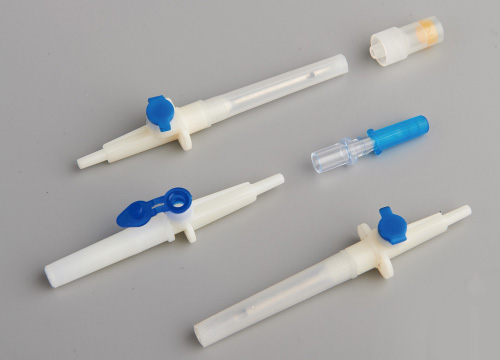

There are many factors in the choice of resin material […]
There are many factors in the choice of resin material for infusion mould. On the one hand, it depends on the characteristics of the substrate, on the other hand, it depends on the application performance. Specifically, there are the following:
Chemical resistance (meets cleaning and other operating requirements).
Flame retardant (in line with ecological and environmental protection requirements). The eco-environmental protection logo is a sign that products comply with environmental and social standards.
Wear resistance (so as not to dent or fall off).
Shore hardness (meets softness or other requirements).
Medical regulations (FDA, USP Class VI, ISO10993 and biocompatibility requirements).
Types of sterilization (steam, gamma rays, etc.).
Impact resistance (meets structural requirements).
Melting point (meets the application temperature requirements and will not soften or deform).
Bonding method (mechanical interlocking effect when two materials do not match, chemical bonding when two materials match).

Over the past 5-8 years, covering materials have developed greatly, and a variety of elastic resins have been developed. For example, thermoplastic polyurethane (TPU), styrene-ethylene / butylene-styrene polymer (SEBS), copolyester, copolyamide, thermoplastic rubber (TPR) and thermoplastic vulcanizate (TPV). In practical applications, new polypropylene resins with good adhesion to polypropylene substrates are generally selected.
The Shore hardness of these materials varies greatly. Generally speaking, the higher the hardness of the material, the stronger the wear resistance. The texture of the material also affects the hardness. In the resistance test, the material with higher abrasion resistance has less loss. For example, when the spinning wheel test is performed, the harder resin wears less, so the material with high abrasion resistance is often selected for application.
The hardness of SEBS resin is very low, less than Shore A 30, and the hardness of TPU resin is about Shore A 60, which is similar to the soft hardness of human hands. In the past, the hardness was generally reduced by adding plasticizers or mineral oil. However, these additives will precipitate out (or called frosting) during cleaning or use, which does not meet the requirements of medical applications.
Due to the development of secondary injection resin materials, the choice of substrates is also becoming more and more extensive, and currently includes: acrylonitrile butadiene styrene, polycarbonate and nylon. The expansion of the range of materials provides more space for soft design. However, the application of new materials also brings new problems, such as: material bonding, component design and mold operation, etc.